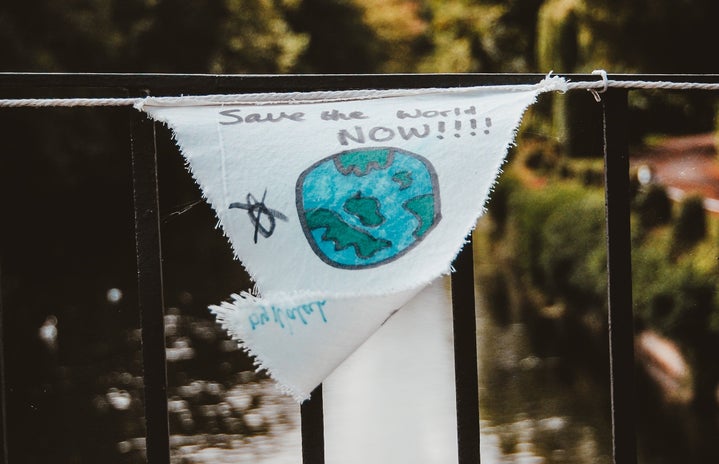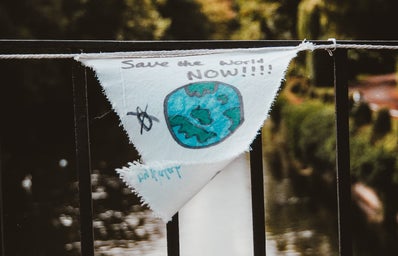Those of native Hawaiian ancestry embody 21% of the population of the state of Hawaiʻi. Western colonizers arrived on the islands in the late eighteenth century. Until then, native Hawaiians, or Kanaka Maoli, had a thriving culture; evident in the temples, carvings, canoes, tools, weapons, and beautiful dances and chants that existed before western colonization. Their society also included a stable political environment and economy based on agriculture and fishing. Since the illegal overthrow of the Hawaiian monarchy in 1893 by western businessmen, the Kanaka Maoli have struggled to regain their nation and culture within their own homeland.
Mauna Kea stands at over 32,000 feet tall from its base at the ocean to its summit in the clouds, technically making it the tallest mountain in the world. The Thirty Meter Telescope (TMT) would be the fourteenth telescope positioned atop Mauna Kea, sitting at a summit measuring 14,000 feet above sea level. There is clean air and space free of light pollution atop the mountain, making it the ideal place for a telescope. Despite the observatories on Mauna Kea and the plethora of visitors the Mauna (mountain) receives each year, Mauna Kea remains a sacred place for the native Hawaiians and others.
Since mid-July, thousands of protesters have been blocking the access road to the summit. These protesters have received support from celebrities including Hawaiʻi boys, Dwayne “The Rock” Johnson, and Jason Mamoa. This protest has triggered a revolution – and not only on Mauna Kea, but throughout the rest of Hawaiʻi, and even on parts of the Mainland, as well.
The protesters have practiced Kapu Aloha – the same technique activists like Martin Luther King Jr. utilized. Kapu Aloha is a concept rooted in kindness, honor, and nonviolence. This philosophy was most definitely present on July 17, when authorities began arresting the kupuna, or elders, who had sacrificed themselves on the front lines to protect the young people from arrest. “When that day came, the elders said that we would be the first to go, we would sacrifice ourselves, but that others would have to remain on the side in silence,” said Noe Noe Wong-Wilson, a 68 year-old retired cultural studies professor and kupuna protester, as reported by the Los Angeles Times.
Police, many of Hawaiian descent themselves, approached the elders in order to proceed with the arrests. Greeting the kupuna with honi (a.k.a. touching foreheads and noses, exchanging Hā, or the breath of life) before placing handcuffs. Wong-Wilson stated, as quoted in the Los Angeles Times, “They were very kind. I understood that some of them were arresting their own family. And there was not an ugly word spoken. Not a hateful word spoken. We told them we loved them. We kissed them on the cheek.”
These protests have even found their way to parts of California. According to Hawaiʻi News Now, protesters of TMT gathered outside of the Gordon and Betty Moore Foundation in Northern California, blocking access to the facility’s parking lot on the morning of Tuesday, October 15. Co-founder of Intel, Gordon Moore, is one of the largest financial supporters of TMT and has donated $250 million to the project. Although police arrived at 5 am PST, no arrests were made. Opponents continue to remain at Mauna Kea on the island of Hawaiʻi, arguing that a new telescope will violate their sacred Mauna.
The delicate culture and practices of Hawaiian culture are often overlooked or disregarded. It is not common for the islands to make national headlines, but the conflict over TMT has gained attention around the globe. Although this is a small step towards restoring Hawaiian culture, it sets a precedent for all groups and cultures that have ever been exploited.
This article only skims the surface of this issue. I will be the first to admit that reading my article alone is not nearly enough to inform you of the entirety of the situation. There is so much more to this issue than the fact a telescope might be placed atop a mountain. The conflict surrounding Mauna Kea is not only a race, social, economic, or “Hawaiʻi” dilemma. It’s not even a ‘science versus culture’ debate. Rather, this is a human rights issue; the land of a native people is being exploited for western advancement. We’ve seen this time and time again in American history, and with Native Americans in particular. To feel unsafe and abused in one’s own home is an issue that extends far beyond Hawaiʻi and is a story we hear much too often.



